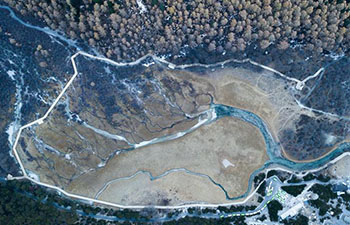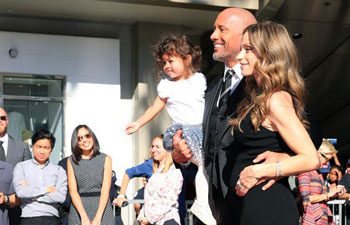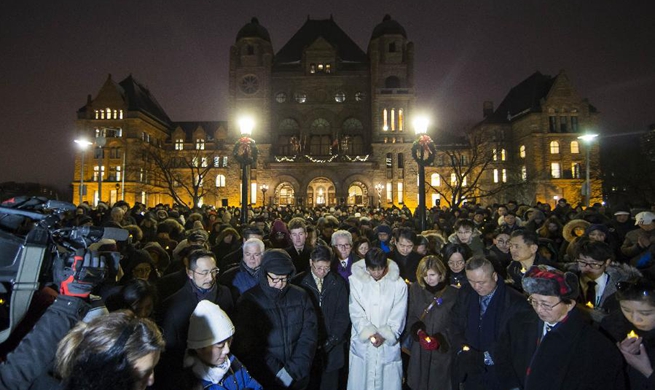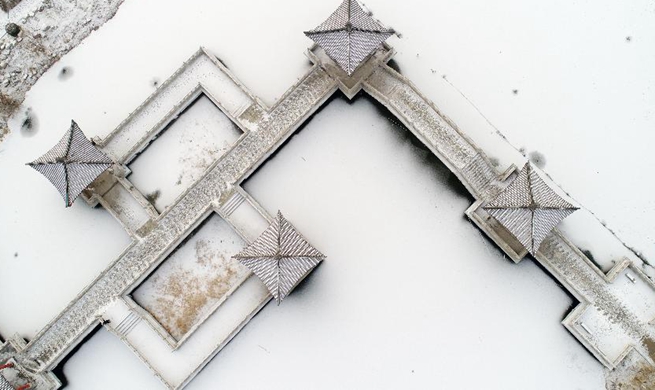CHICAGO, Dec. 14 (Xinhua) -- Doctors at Washington University School of Medicine in St. Louis found that radiation therapy can be used to treat patients with a life-threatening heart rhythm.
They have so far treated five patients who had irregular heart rhythms, called ventricular tachycardia, at the School of Medicine.
The five patients in the study had undergone catheter ablation procedures and their ventricular tachycardia returned, or they were unable to go through the procedure because of other high-risk medical conditions.
In the three months before treatment with noninvasive radiation therapy, the five patients together experienced more than 6,500 ventricular tachycardia events. The average number of events per patient during this time was 1,315, with a range of five to 4,312. During the first six weeks following radiation therapy, as the patients were recovering, they experienced a total of 680 episodes. In the one year the patients continued to be followed, they collectively had four events. Two patients didn't experience any episodes at all.
To be specific, of the five patients, one patient aged over 80 died in the first month after treatment of causes unlikely to be related to treatment. The remaining four, all in their 60s, are alive two years after radiation therapy, with two patients living unassisted without ventricular tachycardia.
The single dose of radiation these patients received is on par with what might be given to a patient with an early-stage lung tumor.
The radiation therapy does not take effect immediately. The number of arrhythmia events went down but did not disappear in the first six weeks after treatment, which the doctors characterize as a recovery period. After that six-week period, however, the number of events dropped to almost zero, and patients were able to slowly come off medications used to control the arrhythmia.
Doctors are cautious, saying they are still monitoring for long-term side effects of radiation therapy, such as lung scarring and further damage to the heart itself. They emphasized that their use of external radiation to the heart only included very ill patients in end-stage disease who had run out of options. More research is required before doctors might consider this approach for younger, healthier patients or as a possible addition to standard therapies.
Ventricular tachycardia is estimated to cause 300,000 deaths per year in the United States and is the leading cause of sudden cardiac death. Standard therapy includes medication and invasive procedures that involve threading a catheter through a vein into the heart and selectively burning the tissue that causes the electrical circuits of the heart to misfire.
An analysis of the patients' experiences is published in the New England Journal of Medicine on Dec. 14.

















